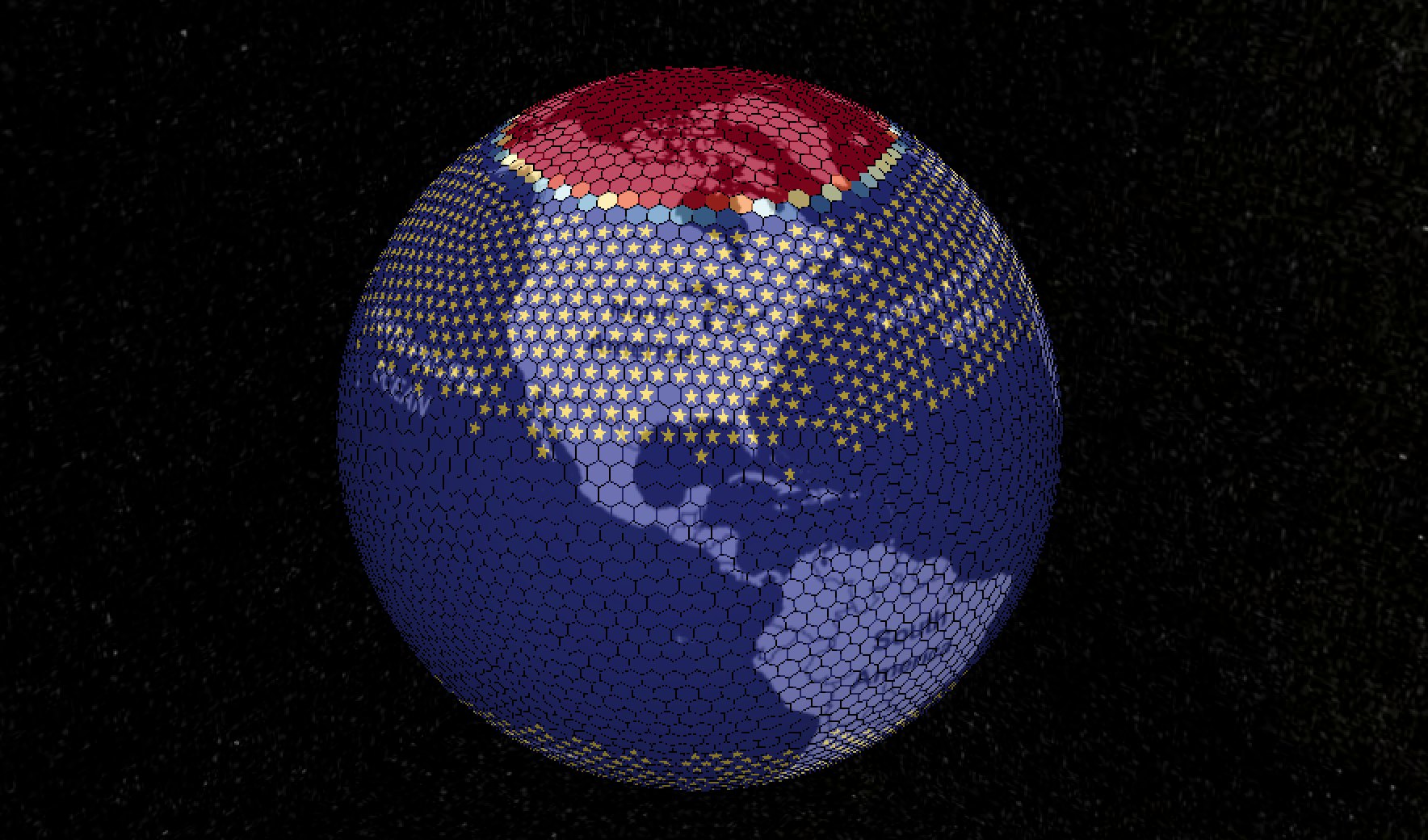
Starlink, SpaceX’s internet connectivity constellation, is rolling out at a fast speed.
At the end of July, CNBC revealed SpaceX now hosts around 90,000 users in 12 countries. The news comes a month after the firm moved past the 70,000 user mark.
The figures show the firm is increasing its subscriber count at speed, and recent comments from CEO Elon Musk suggest the firm aims to reach a staggering 500,000 users in just 12 months.
The figures show Starlink is gradually reaching more subscribers, even though it’s technically still in the beta phase. The service offers users sky-high speeds and low-latency internet access. While the current beta service offers between 100 and 200 megabits per second, a January 2021 presentation showed SpaceX’s long-term goal is to reach 10 gigabits per second.
By comparison, Speedtest data shows the average non-mobile broadband speed in the United States is around 180 megabits per second.
The service uses SpaceX’s growing constellation of satellites to provide service. These satellites orbit much closer to the Earth than other constellations, at around 550 kilometers (340 miles) altitude. This means SpaceX requires more satellites to ensure users can maintain sight with a craft at any given time — the firm has applied for permission to launch up to 42,000 additional satellites.
Perhaps that’s just as well. SpaceX’s long-term goal is to use the finances from Starlink to fund some of its more ambitious missions, like a city on Mars. The service costs $499 upfront for a starter kit plus $99 per month thereafter, and SpaceX is expected to maintain this pricing for other countries.
Want to find out more about SpaceX’s plans for Starship? Subscribe to MUSK READS+ for exclusive interviews and analysis about spaceflight, electric cars, and more.
SpaceX Starlink: What is happening with the rollout?
The firm’s Starlink rollout has picked up speed:
- SpaceX rolled out service to select beta testers in the United States in October 2020
- Users in Canada and the United Kingdom received their kits by the end of 2020
- In February 2021, Musk revealed that Starlink already had over 10,000 users
- In March, SpaceX rolled out service to Germany and New Zealand
- In April, Starlink reached users in Australia
- In May, service rolled out to Belgium, the Netherlands, Austria, and France
- In June, the service had over 70,000 users
- In July, the service had over 90,000 users
But there are thousands more waiting for their turn. In May, SpaceX revealed during a launch livestream that over half a million people had placed an order or put down a deposit for the service.
SpaceX Starlink: When is it coming to my area?
The rollout primarily depends on two factors:
- The state of the satellite constellation. Does it cover my area? Is there enough capacity?
- The service’s status on the ground. Has it received clearance from local authorities?
SpaceX’s rollout can be rather opaque at times — Inverse regularly receives messages from readers that claim the firm is frustratingly uncommunicative. While SpaceX may officially provide service in a locality, it’s unclear when specific customers will receive their welcome package.
There are several tools, however, that clarify the firm’s current rollout status in varying areas:
- Reddit’s Starlink tracker list — This fan-curated list shows which latitudes and areas currently receive Starlink service and how many people per 100 square miles receive service. This is based on user feedback, as people share their service status. The known range of beta testers currently lies between 33.6 and 54.9 degrees latitude.
- The Starlink Coverage Tracker — This fanmade map shows the satellites in orbit, their current status, and the points of presence that provide access to the rest of the internet.
- This cell-based Starlink coverage tracker — This shows how often each section of the world receives Starlink coverage on a given day. Dark blue means an area is covered for almost all of the day. Cells with 100 percent coverage all day have a gold star.

SUBSCRIBE TO MUSK READS+, A PREMIUM NEWSLETTER THAT COVERS THE WORLDS OF ELON MUSK, SPACEX, TESLA, AND EVERYTHING BETWEEN.







